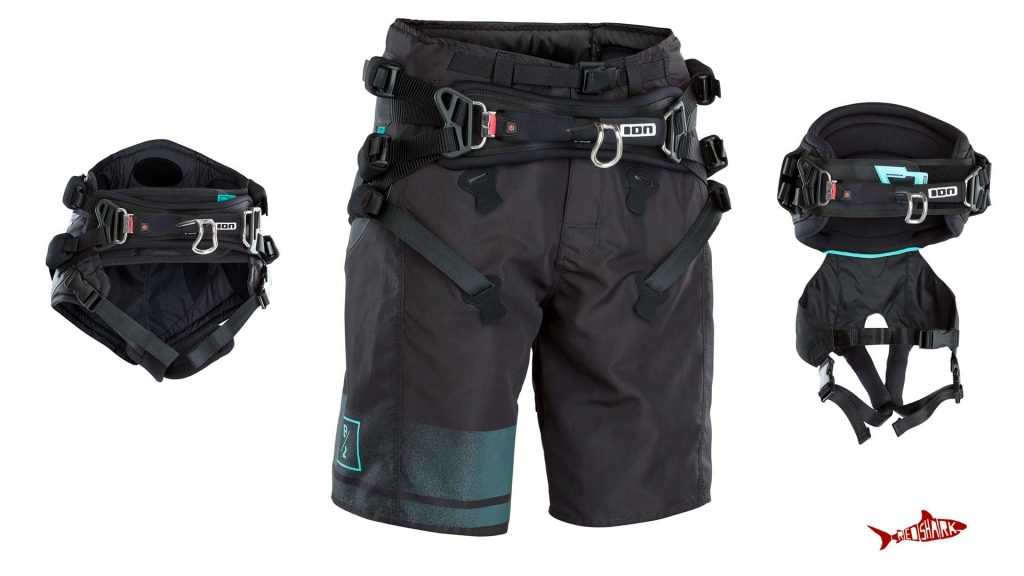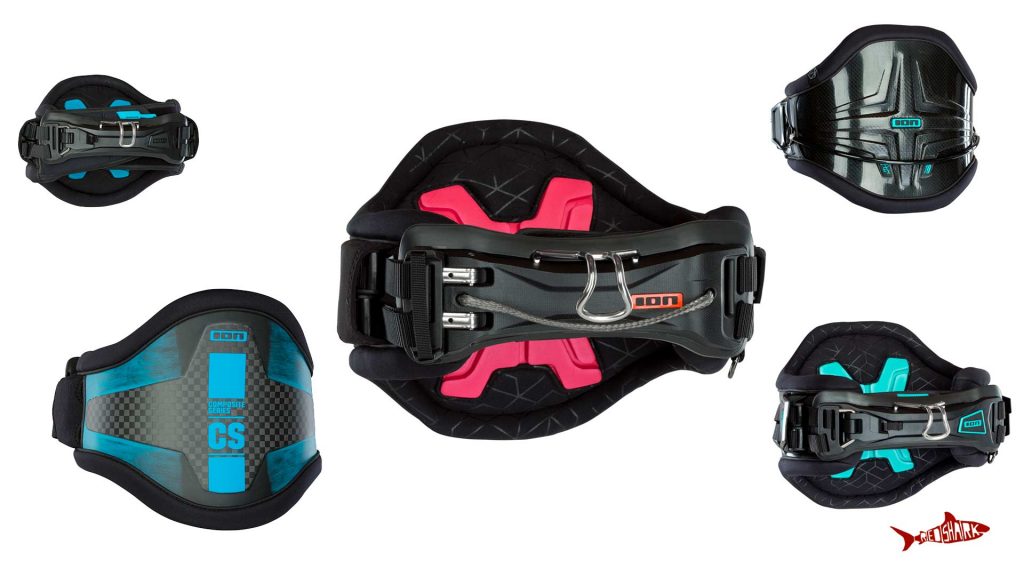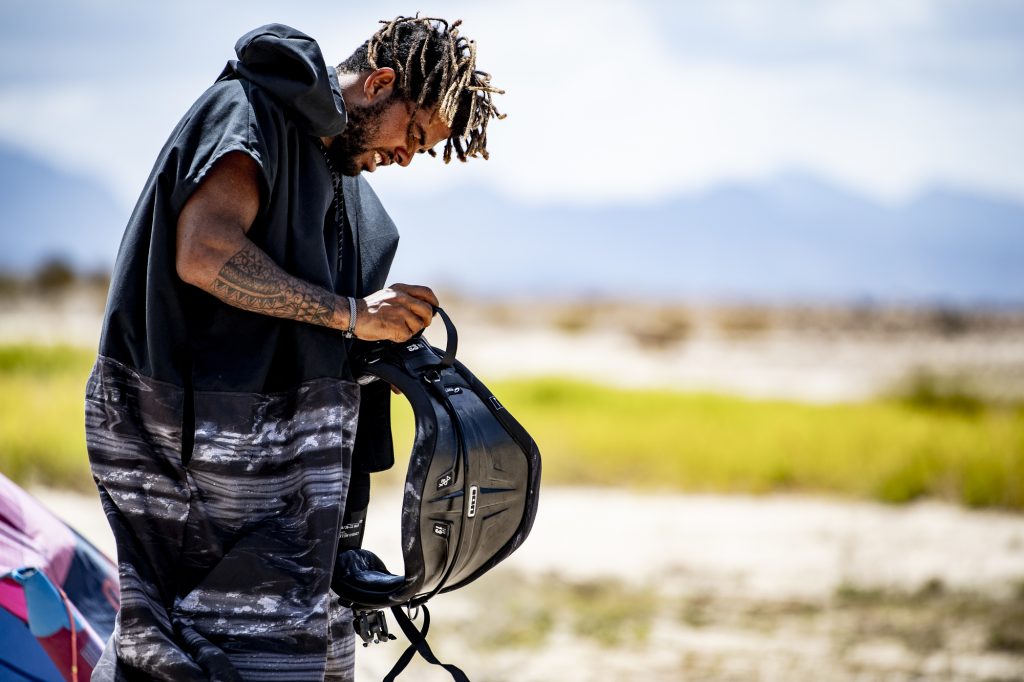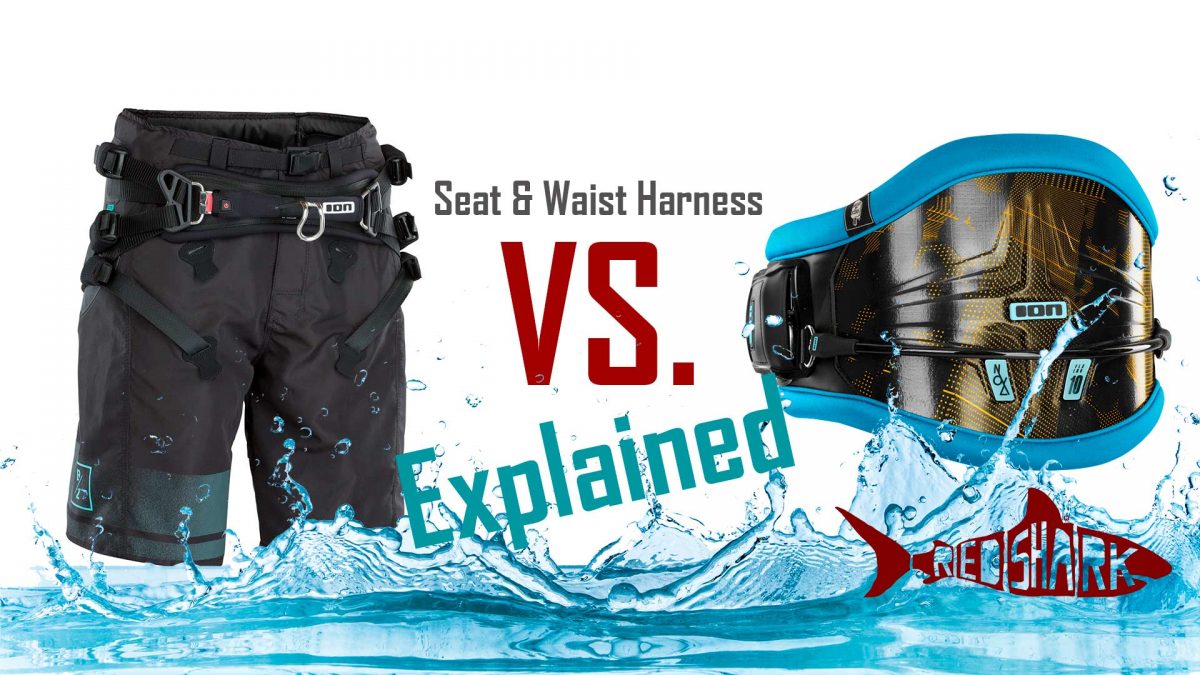Seat Harness & Waist Harness
The evolution of kitesurfing is going through one of its historical peaks. Kites, boards and soft gear have become more reliable, safer and comfortable for specifical riding conditions. Today´s kitesurfing market offers a wide variety of gear to suit most rider´s styles and personal preferences and limitations.
When it comes to choosing the right harness, a few doubts come in mind due to the vast options available throughout all brands. But they all share the same principle. So, lets dig a bit into them to clarify which harness will suit you best and will offer longer lasting rides according to your preferred style.
Generally, we can speak of two types of families: Waist harnesses Vs. Seat Harnesses. Each one offers a set of virtues that will help you choose which one to use.
Main differences between Seat Harness Vs. Waist Harness
The main difference between these two harnesses rely on how they “snap” to our body and how the kite´s energy or pull is distributed across our body. Seat harnesses have a set of leg straps that will fasten around the upper legs while the main hook rests in the lower core. On the other hand, waist harnesses only strap to your waist and allow a bit of more freedom of movement. Let’s see when these features come in handy.
Seat harnesses at its best

Beginner Riders
Seat harnesses are widely spread among the schools/teaching community. This type of harnesses offer a better general fit among different sizes and most importantly will not allow neither the harness nor the hook to slip upwards towards the breastbone or sternum. As beginner riders are making their progression towards independent riding, they will find themselves flying the kite at 12 (at the zenith) for long periods of time. The leg straps will avoid the uncomfortable situation of the harness moving upwards or sideways, thus, making the beginner´s progression faster, safer and more fun.
In this sense, having a “restrictive” harness will actually help them ride longer and safer, making progression faster.
Injured Riders
Seat Harnesses prove to be more comfortable (and in many cases, the only option) for riders with some type of core injuries such as back pain, spinal injuries, rib injuries, etc. Thanks to the seat design and supporting leg straps the pull of the kite and the weight of the rider will rest on the lower bottom area of the harness: bum area and leg straps area. This will reduce most pressure points on those critical injured areas for long lasting confy rides.
Overpowered Riders: Race + Foiling
Speed comes with power, and power needs to be balanced with our body posture and weight distribution. Within the kitesurf Racing and Hydro Foiling community, seat harnesses have become the most reliable models in the market. Seat Harnesses allow us to lower the point of gravity of our body and the point of pull of our kites allowing to compensate for stronger pulls. Racers will try to get as much power from their kites and seat harnesses will allow them to modify their body postures to be able to control power while maintaining a safe and reliable path. By shifting more weight towards the bum area of the seat harness, riders will be able to hold and control more power, thus, gaining more speed.
The Looks
Seat harnesses are not the most appealing piece of the kitesurfer´s gear out there. Some people mention in a gracious manner that seat harnesses make people look like having some dippers on. Models and features are way more limited than waist harnesses and we can barely define only 2 main tendencies: Those that look like wearing boardshorst (actually they are boardshorts with a hook and two leg straps) and those that doesn’t (the baby dippers ones). I guess convenience wins over looks when it comes to seat harnesses.
Waist Harness at its best

Intermediate & advanced riders
Most riders find waist harness to be more comfortable than its counterpart. They allow more freedom of movement and they come in a greater variety of designs, padding, cushioning, rigidness and back support just to name a few highlights of these type of gear. As an intermediate or advanced rider, this extended set of features will allow you to find the right model (with all the bells and whistles) for your riding style.
Freestyle & Wave Riders
Freedom of movement, back support and flexibility or direct feeling will determine the most suitable harness for your riding style. Waist harness allow a whole lot more freedom of movement of the lower body, the hips and the upper torso to shred the waves with style and roll with confidence on your freestyle handle passes while going unhooked.
Support & Flex Factor
Some like them stiff and supportive, some like them much limper and some others like them in between. Some prefer them with a lot of cushioning and others prefer a more direct feel. Some benefit from the anti-slip internal EVA padding and other just want a slippery & free moving harness. Waist harness come in such a variety of tastes that options are failry unlimited. It is worth mentioning the two main waist harnesses tendencies nowadays: Rigid Carbon shell Harnesses and Softshell Harnesses; but all of their details will come in an upcoming post.
The looks
Ok, lets be honest… Waist harness look simply neat, clean and stylish. Choosing one is always a difficult task as there are so many nice models out there that will match up your style. But remember, try not to get driven by looks as they will never make you a better rider. Or maybe yes?

BONUS VIDEO:
